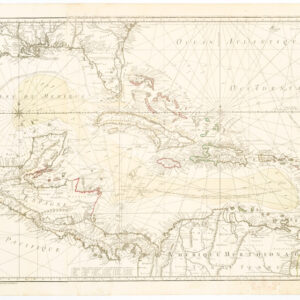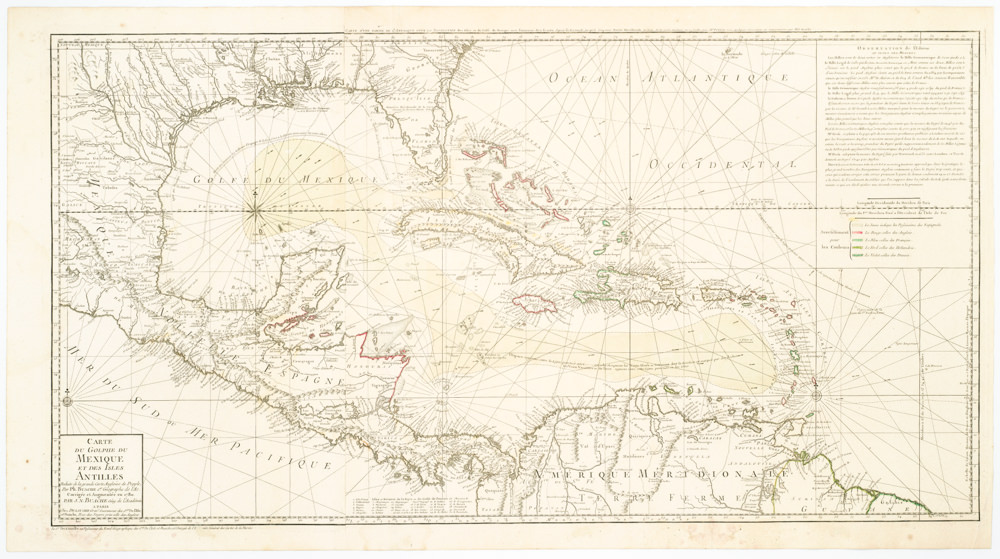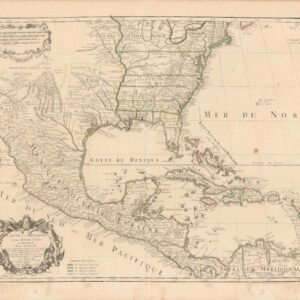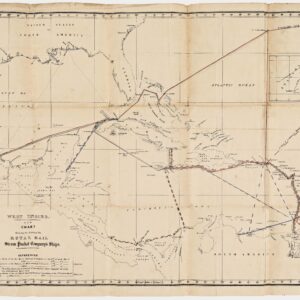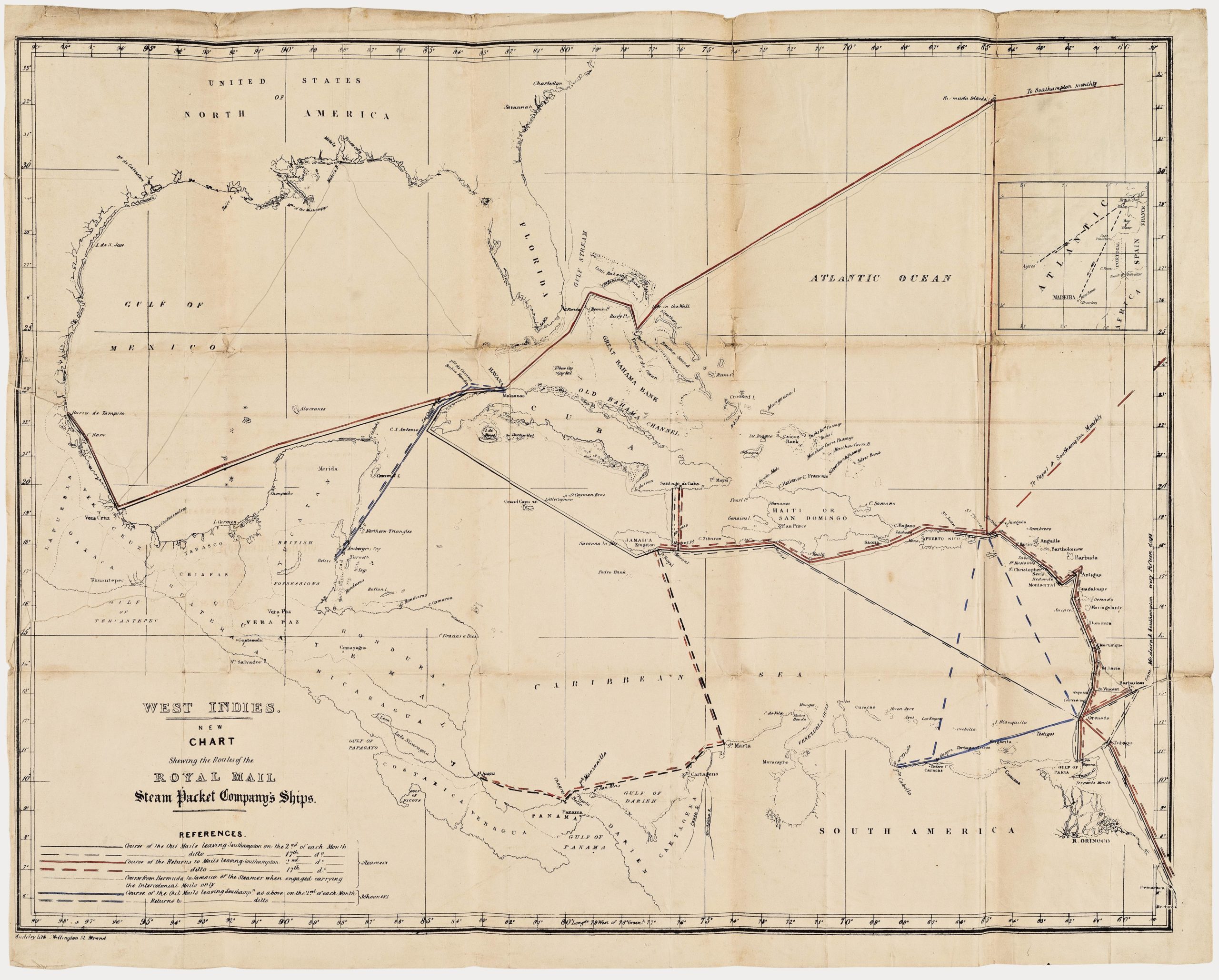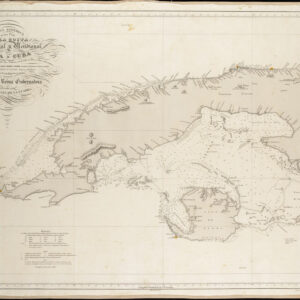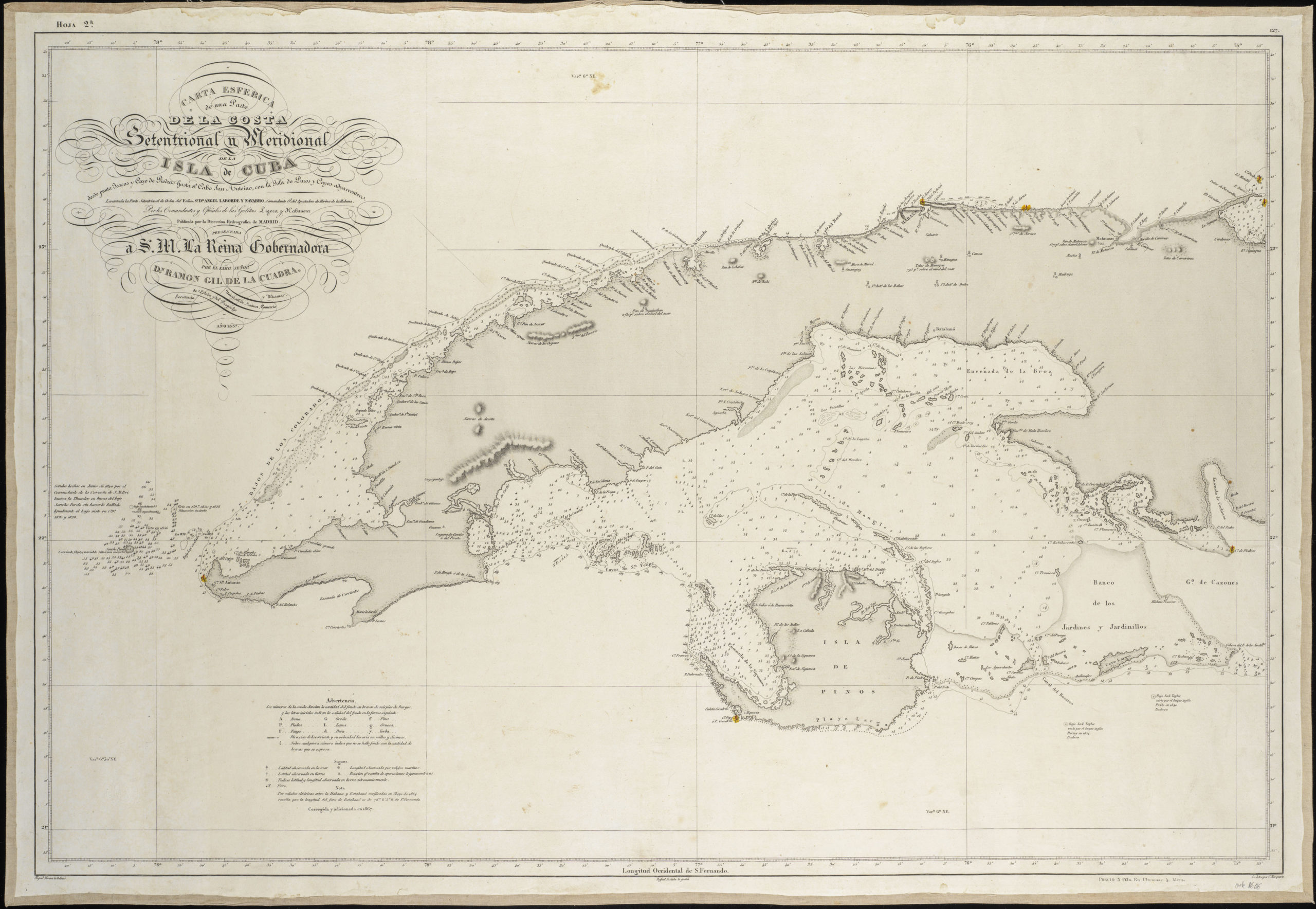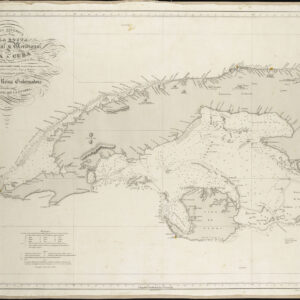Rare English edition of the Mercator-Hondius map of Carribean islands, including an inset of Havana.
Cuba Insula [with] Hispaniola Insula [with] Insula Jamaica [with] Ins. S. Ioannis [with] I.S. Margareta Cum Confiniis
Out of stock
Description
This map shows Cuba with an inset of Havana, Hispaniola (Haiti and Dominican Republic), St. John’s (Puerto Rico), Jamaica and Isla Margarita (belonging to Venezuela), with various decorative cartouches and sea monsters and ships.
The English text on the verso describes the Spanish Tyranny in the islands, as well as the topography, climate, and local flora and fauna. As with Ortelius, the English edition is rare, with separate sheets seldom seen on the market.
Cartographer(s):
Gerardus Mercator (March 1512 – 2 December 1594) was a 16th-century geographer, cosmographer, and cartographer from the County of Flanders. He is most renowned for creating the 1569 world map based on a new projection that represented sailing courses of constant bearing (rhumb lines) as straight lines—an innovation that is still employed in nautical charts.
Mercator was one of the pioneers of cartography and is widely considered the most notable figure of the Netherlandish school of cartography in its golden age (approximately 1570s–1670s). In his own day, he was notable as a maker of globes and scientific instruments. In addition, he had interests in theology, philosophy, history, mathematics, and geomagnetism. He was also an accomplished engraver and calligrapher.
Jodocus HondiusJodocus Hondius (14 October 1563 – 12 February 1612) was a Flemish engraver and cartographer. He is sometimes called Jodocus Hondius the Elder to distinguish him from his son Jodocus Hondius II.
Hondius is best known for his early maps of the New World and Europe, for re-establishing the reputation of the work of Gerard Mercator, and for his portraits of Francis Drake. One of the notable figures in the Golden Age of Dutch/Netherlandish cartography (c. 1570s–1670s), he helped establish Amsterdam as the center of cartography in Europe in the 17th century.
Condition Description
Large repaired tear on the right side, noticeable on the verso, but with minimal effect on the map image itself. Small hole adjacent, likewise in the margin.
References
